Tortuguero National Park is located on the Caribbean coast, in the province of Limón, approximately 80 km northeast of the city of the same name. It was declared a National Park on September 24, 1970 and its boundaries have been modified three times (1980, 1995 and 1998) in order to incorporate more territory. Its extension has increased from 64,701.45 to 76,937 hectares. Of these 50,284 are marine and 26,653 are terrestrial.
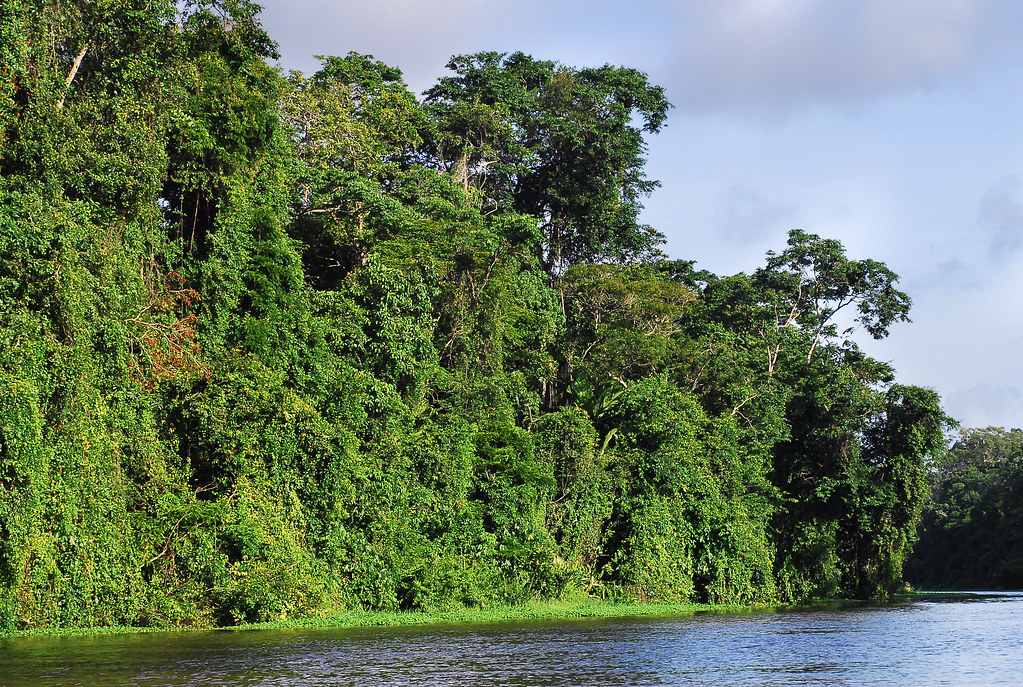
The park is internationally recognized for protecting the most important green turtle nesting beach in the western hemisphere. Therefore 99% of the terrestrial area is protected and only 1% is open for visitors. The marine area is dedicated to absolute conservation. As the park is located far from the city in a network of small canals and rivers the access is only possible by small boats. To protect its natural beauty the communities living around the protected wildlife area using the bicycle as the only means of transportation. The high rainfalls and the rich environment of the Tortuguero National Park where the freshwater meets the sea makes the beaches, canals, lagoons and wetlands a complex and diverse ecosystem and therefore a perfect place for research and ecotourism as it offers tranquility to encounter any of the typical species of flora and fauna of the Caribbean Coast. Near the community of San Francisco and Barra de Tortuguero the largest wetland of the country can be found, with an amazing unparalleled scenery of tropical rainforest and humid tropical forest. Heat, humidity and rain are companions on a tour in the park.
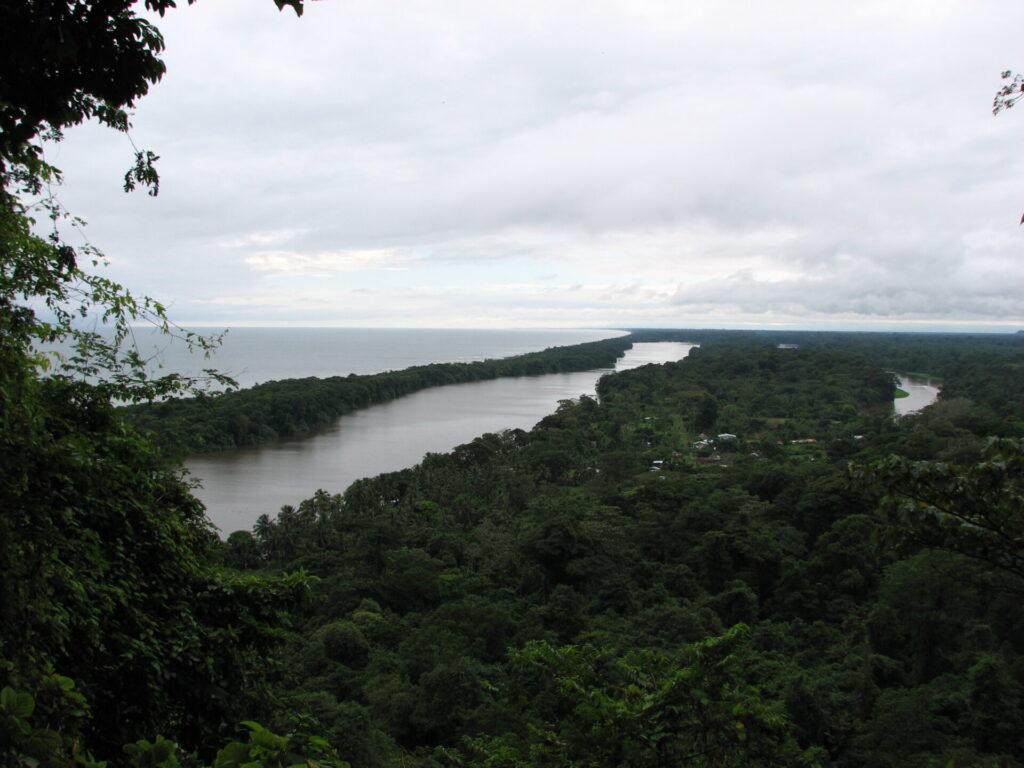
The ecological importance of this national park is huge, as it protects nesting beaches for 4 species of sea turtles (Green (Chelonia mydas), Leatherback (Dermochelys coriacea), Hawksbill (Eretmochelys imbricata), Loggerhead (Caretta caretta)), as well as the habit of the manatee, one of the rarest and most endangered mammals in Costa Rica. Moreover, Tortuguero has one of the largest populations of the largest feline in the Americas and a consolidated research program. With Tortuguero as one of the main nesting and feeding sites the Green Macar (Ara ambigua) has been recovering its population.
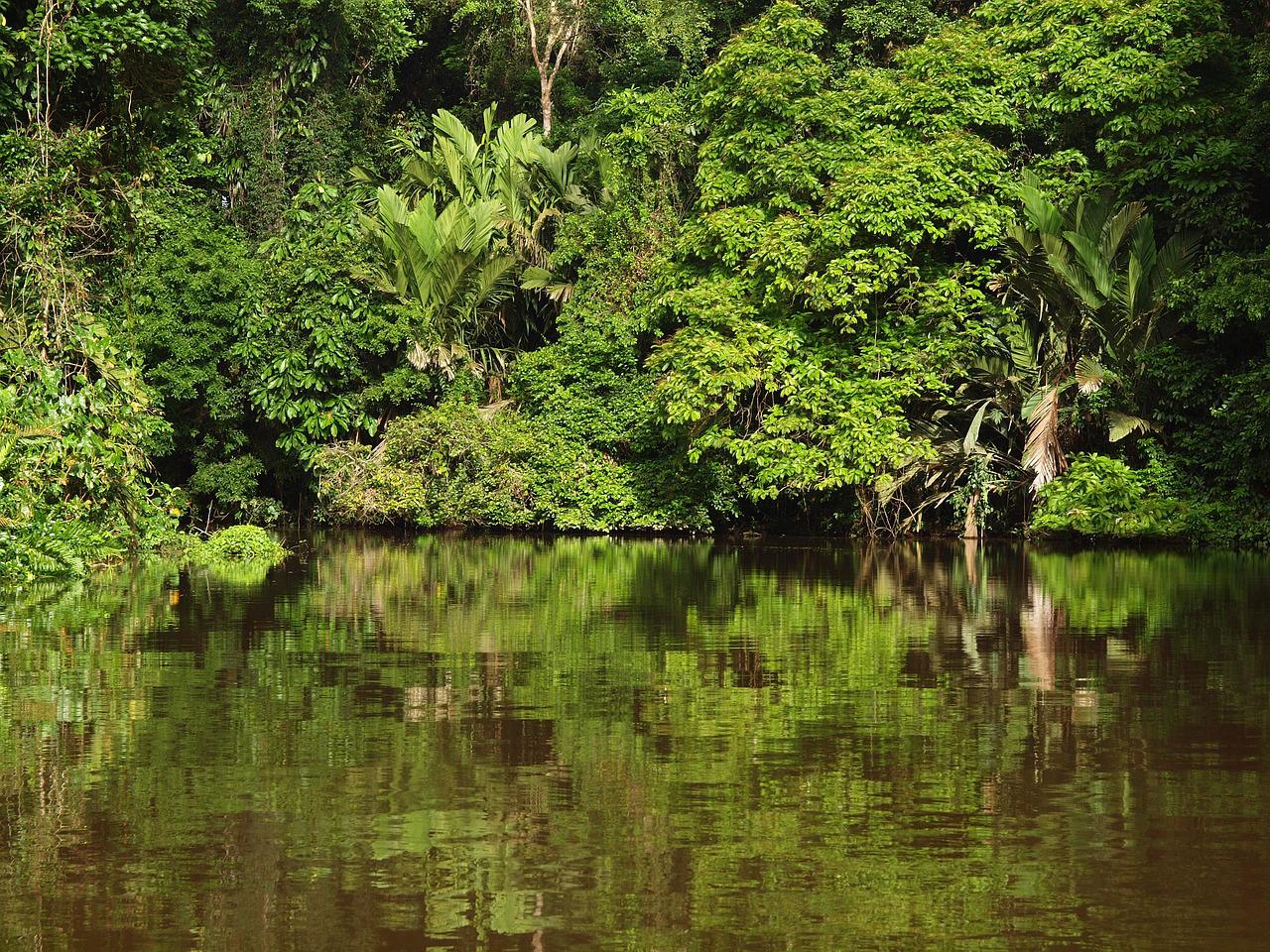
In total there can be found 734 species of plants, 442 species of birds, 138 species of mammals (101 genera and 32 families), 118 species of reptiles (76 genera and 22 families), 58 species of amphibians (27 genera and 11 families), 460 species of arthropods.
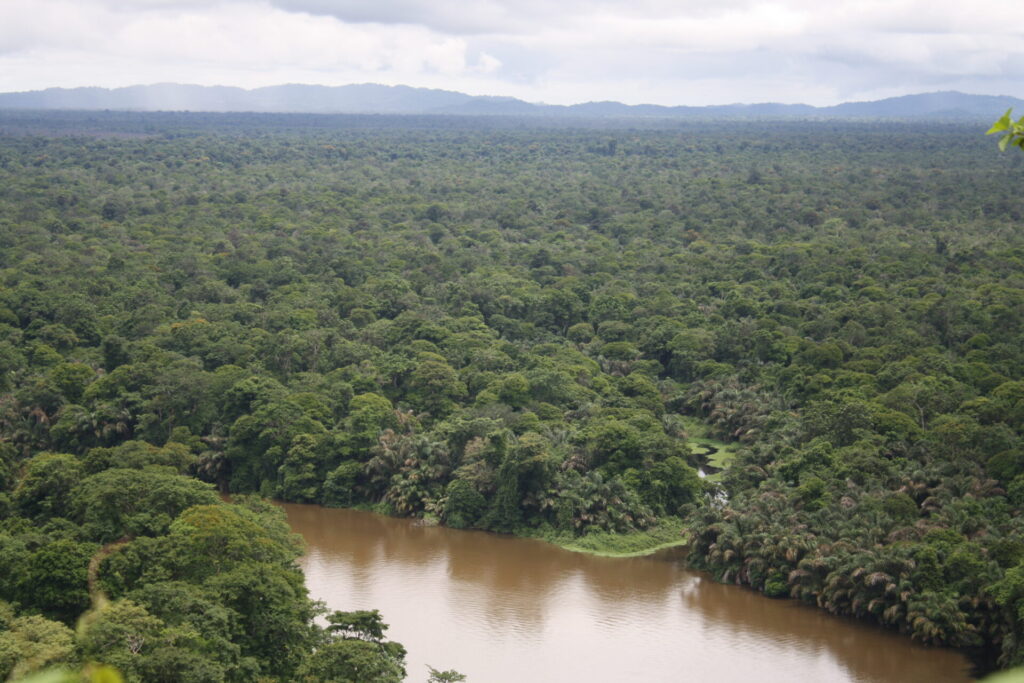
The highes part of the park with an altitude of 119 meters above sea level is called Cerro Tortuguero and is located at the end of a peninsular that stretches from north to south along the Barra del Colorado National Wildlife Refuge, with the town of San Francisco, Tortuguero Lagoon and the Caribbean Sea as immediate limits. This small mountain is formed by pyroclasts and massive and scoriaceous balsamic blocks that was formed approximately 1.8 million years ago during the Quaternary period.
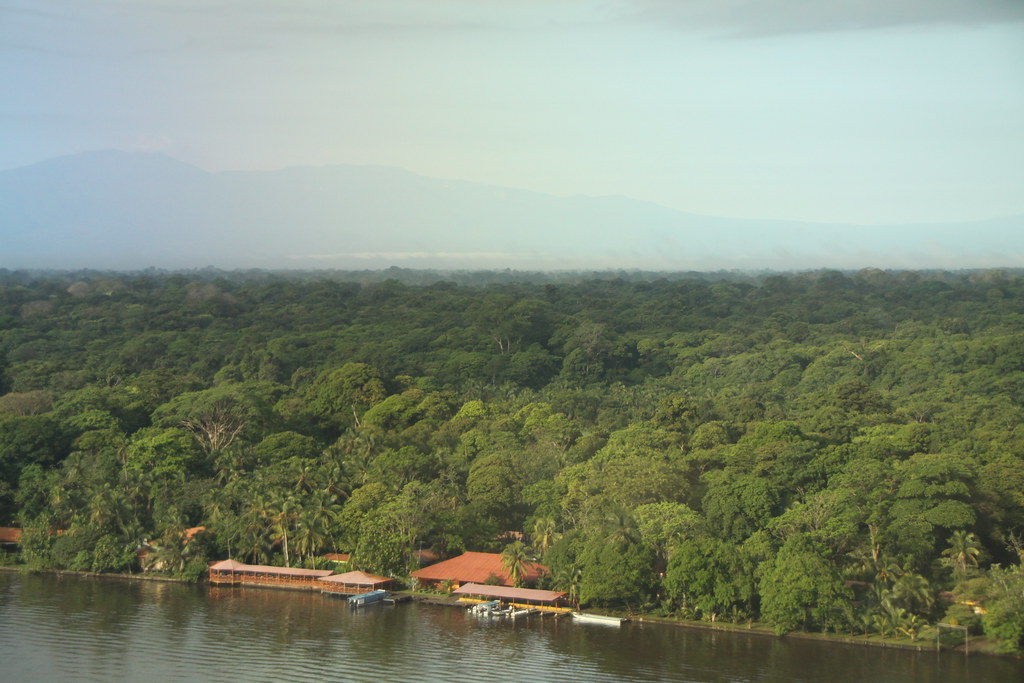
https://costa-rica-guide.com/nature/national-parks/tortuguero/
https://acto.go.cr/informacion-turistica-parque-nacional-tortuguero/
https://www.sinac.go.cr/ES/ac/acto/pnt/Paginas/default.aspx
